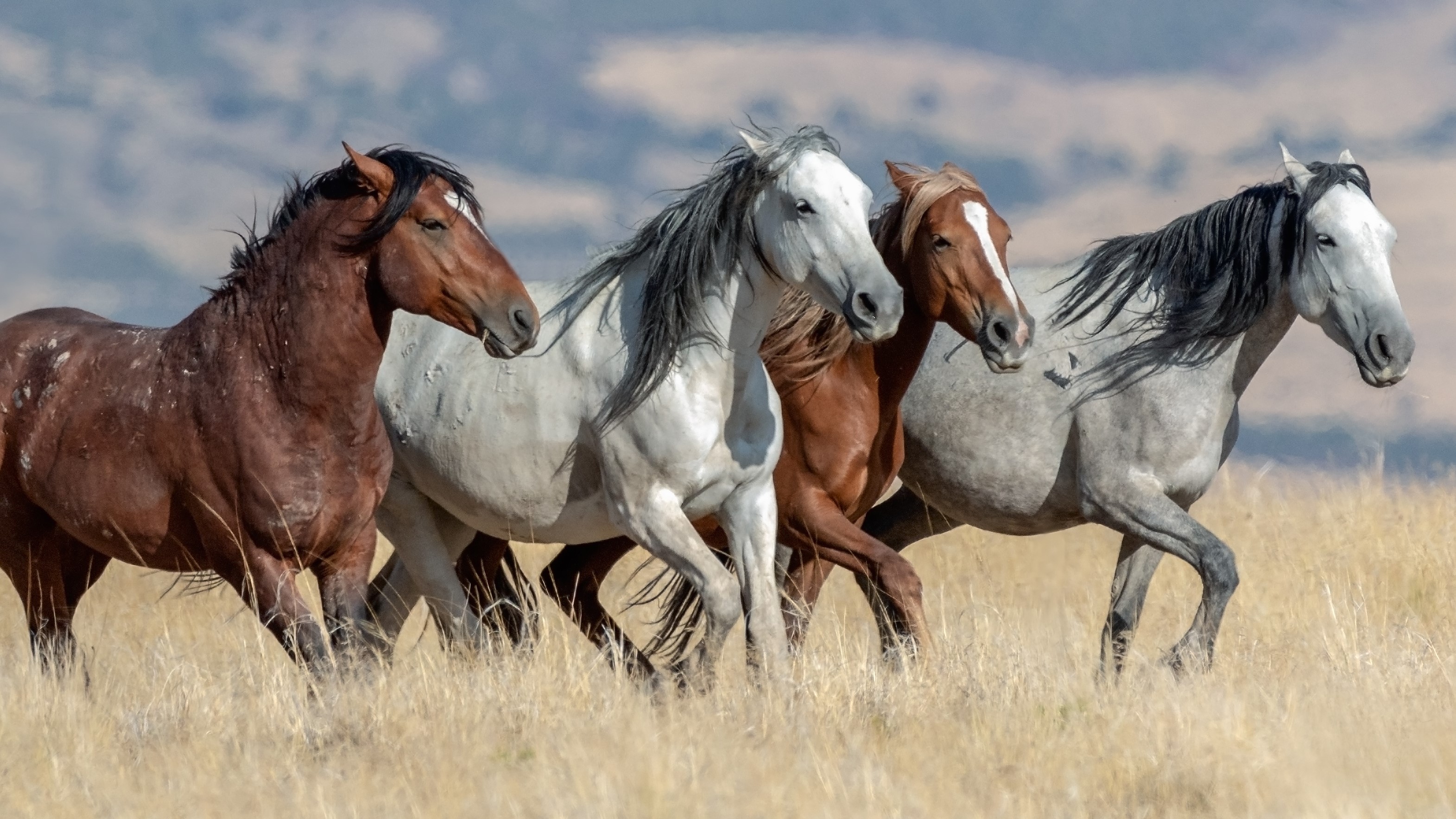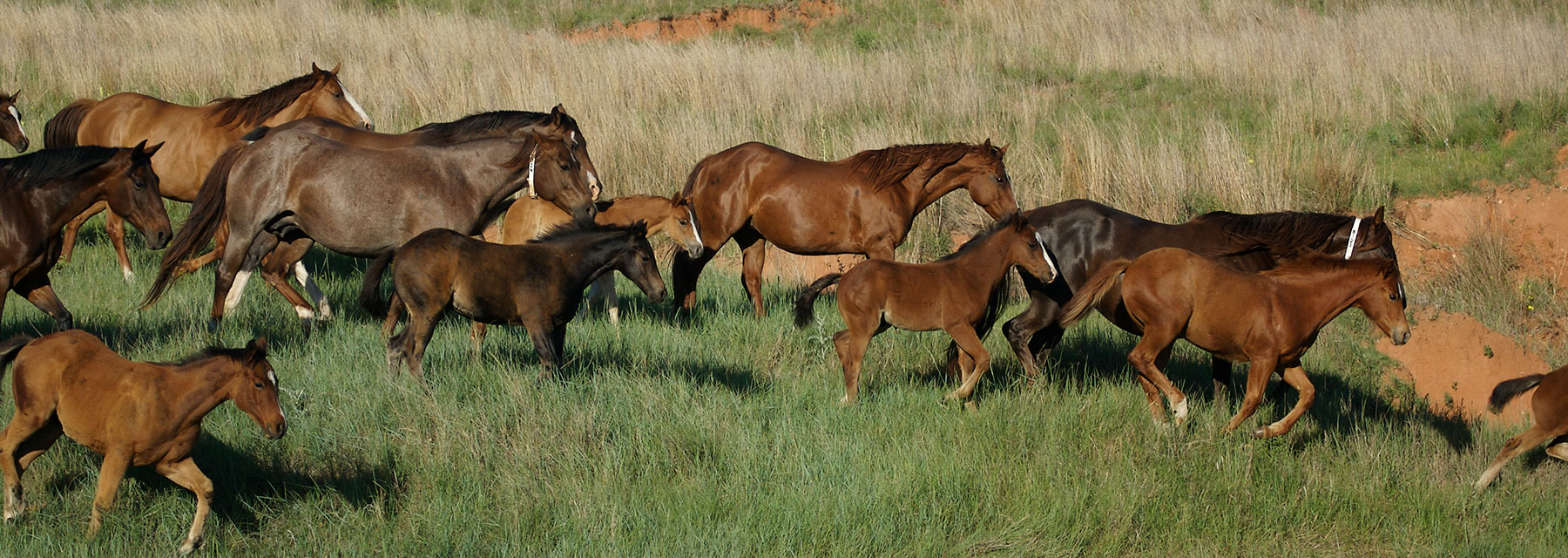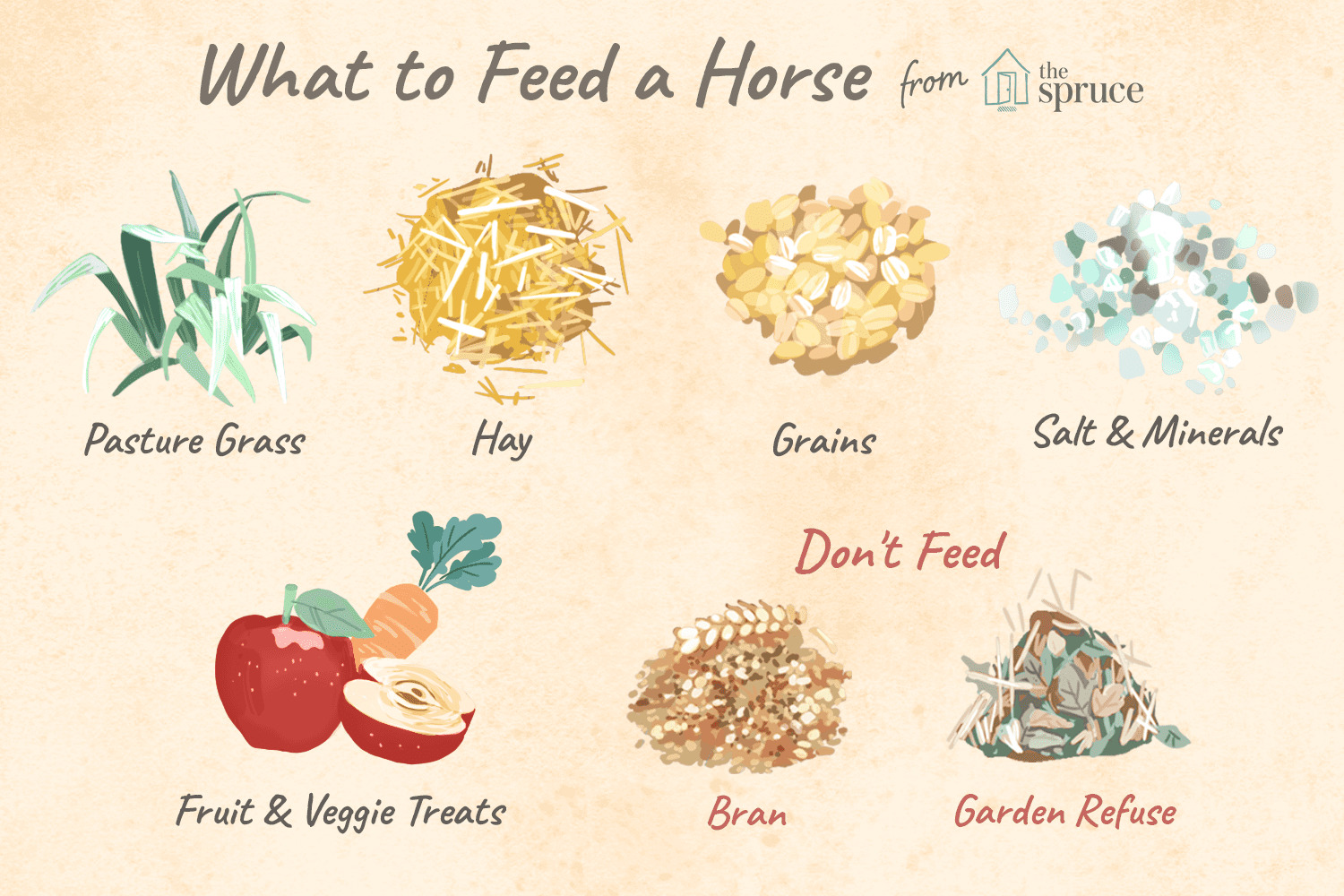Wild horses have long been a symbol of freedom and strength, galloping across the open plains and deserts. These majestic creatures have captured the hearts and imaginations of people around the world. However, many people wonder about the lifespan of a wild horse, as it can vary greatly depending on a variety of factors. In this article, we will explore the average lifespan of a wild horse, as well as the factors that can impact their longevity.
Understanding Wild Horses

Before delving into the lifespan of wild horses, it is important to have a basic understanding of these iconic animals. Wild horses, also known as mustangs, are descendants of domesticated horses that have reverted to a feral state. They are known for their hardiness, agility, and resilience, and can be found in various habitats, including grasslands, deserts, and forests.
Physical Characteristics
Wild horses typically have a sturdy build, with strong, muscular bodies that are well-adapted to their natural environment. Their coat colors can vary widely, including bay, black, chestnut, and roan, among others. These animals have keen senses, allowing them to navigate their surroundings and detect potential threats.
Behavior and Social Structure
Wild horses are social animals that form tight-knit family groups known as herds. These herds are typically led by a dominant stallion, with mares and their offspring forming the core of the group. Within the herd, there is a complex social structure that involves communication through body language, vocalizations, and other forms of interaction.
Factors Affecting Lifespan

The lifespan of a wild horse can be influenced by a variety of factors, including genetics, environmental conditions, and human impact. Understanding these factors can provide valuable insights into the longevity of these remarkable creatures.
Genetics and Breed
Just like domesticated horses, the genetics of wild horses play a significant role in determining their lifespan. Some bloodlines may be predisposed to certain health conditions, while others may exhibit exceptional resilience and longevity. Additionally, the specific breed of wild horse can also impact their lifespan, as different breeds may have varying average lifespans.
Environmental Conditions
The environment in which wild horses live can have a profound impact on their lifespan. Access to nutritious forage, clean water sources, and suitable shelter can contribute to their overall health and longevity. Conversely, harsh environmental conditions, such as extreme temperatures, limited food availability, and natural disasters, can pose significant challenges to their survival.
Predation and Natural Threats
In their natural habitats, wild horses face a range of natural threats, including predation by predators such as mountain lions, wolves, and coyotes. Additionally, environmental hazards such as droughts, floods, and wildfires can pose serious risks to their well-being. These factors can directly impact the lifespan of wild horses, particularly in regions where natural predators are prevalent.
Human Impact and Management
Human activities and interventions can also influence the lifespan of wild horses. Encroachment on their habitats, competition for resources with livestock, and conflicts with human development can disrupt their natural behaviors and survival strategies. Additionally, management practices such as roundups, culling, and captivity can have significant implications for the lifespan of wild horses.
Average Lifespan of Wild Horses

Determining the precise lifespan of wild horses can be challenging, as it can vary based on the factors mentioned above. However, studies and observations have provided insights into the average lifespan of these animals in their natural habitats.
Wild Horse Lifespan Studies
Research conducted in various regions has yielded valuable data on the lifespan of wild horses. In some areas, it has been observed that wild horses can live into their late teens or early twenties, with some individuals reaching their thirties. However, it is important to note that these figures are averages, and individual lifespans can vary widely based on the aforementioned factors.
Longevity in Captivity vs. the Wild
Interestingly, wild horses that are captured and placed in captivity may experience different lifespans compared to those living in their natural habitats. In captivity, these animals may benefit from consistent access to food, water, and veterinary care, which can potentially extend their lifespan. However, captivity also presents its own set of challenges, including social and environmental disruptions that can impact their overall well-being.
Conservation and Management Efforts

Given the complex interplay of factors that influence the lifespan of wild horses, conservation and management efforts play a crucial role in ensuring their survival and well-being.
Preservation of Habitat
Protecting and preserving the natural habitats of wild horses is essential for promoting their longevity. Conservation initiatives aimed at safeguarding critical habitats, minimizing human encroachment, and maintaining healthy ecosystems can directly benefit wild horse populations.
Sustainable Population Management
Managing wild horse populations in a sustainable and ethical manner is essential for maintaining their health and genetic diversity. Strategies such as fertility control, habitat restoration, and non-invasive population monitoring can help support healthy, balanced populations of wild horses.
Public Awareness and Education
Raising awareness about the importance of wild horse conservation and the factors that impact their lifespan is crucial for garnering public support. Educating communities about the ecological and cultural significance of wild horses can foster greater understanding and advocacy for their protection.
Challenges and Future Considerations

Despite ongoing conservation efforts, wild horses continue to face a range of challenges that affect their longevity and well-being.
Conflicts with Livestock and Land Use
Competition for resources with livestock and conflicts over land use present ongoing challenges for wild horses. Balancing the needs of these animals with those of other grazing species and agricultural interests remains a complex issue that requires thoughtful management and collaboration.
Population Dynamics and Genetic Diversity
Maintaining healthy population dynamics and genetic diversity among wild horse herds is a critical consideration for long-term sustainability. Inbreeding, genetic bottlenecks, and disruptions to natural social structures can impact the overall health and adaptive resilience of wild horse populations.
Human-Wildlife Coexistence
Promoting coexistence between humans and wild horses is essential for minimizing conflicts and ensuring the well-being of both populations. Strategies that emphasize responsible ecotourism, wildlife stewardship, and community engagement can contribute to harmonious relationships between people and wild horses.
If you’re curious about the lifespan of wild horses and want to explore more about these magnificent creatures, you might find our articles on how long a horse lives and mini horse lifespan fascinating. Additionally, if you’re interested in the cost of horses in the USA, our piece on horse prices in the USA could provide valuable insights into horse ownership.
Conclusion

In conclusion, the lifespan of a wild horse is influenced by a complex interplay of genetic, environmental, and human-related factors. While average lifespans can vary, it is clear that wild horses possess remarkable resilience and adaptability in their natural habitats. By prioritizing conservation, sustainable management, and public awareness, we can work towards safeguarding the future of these iconic animals and ensuring that they continue to roam the landscapes of the wild for generations to come.



